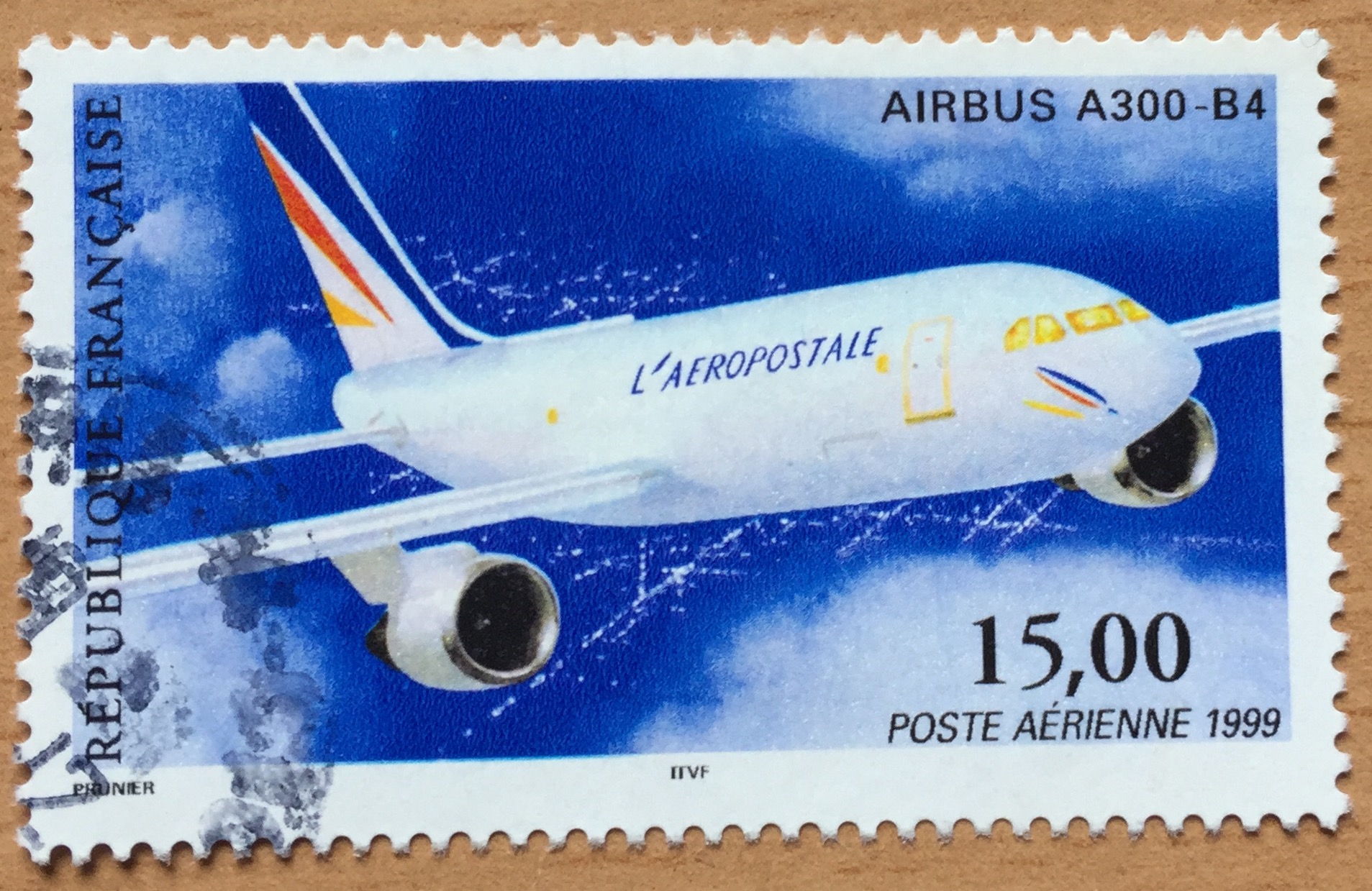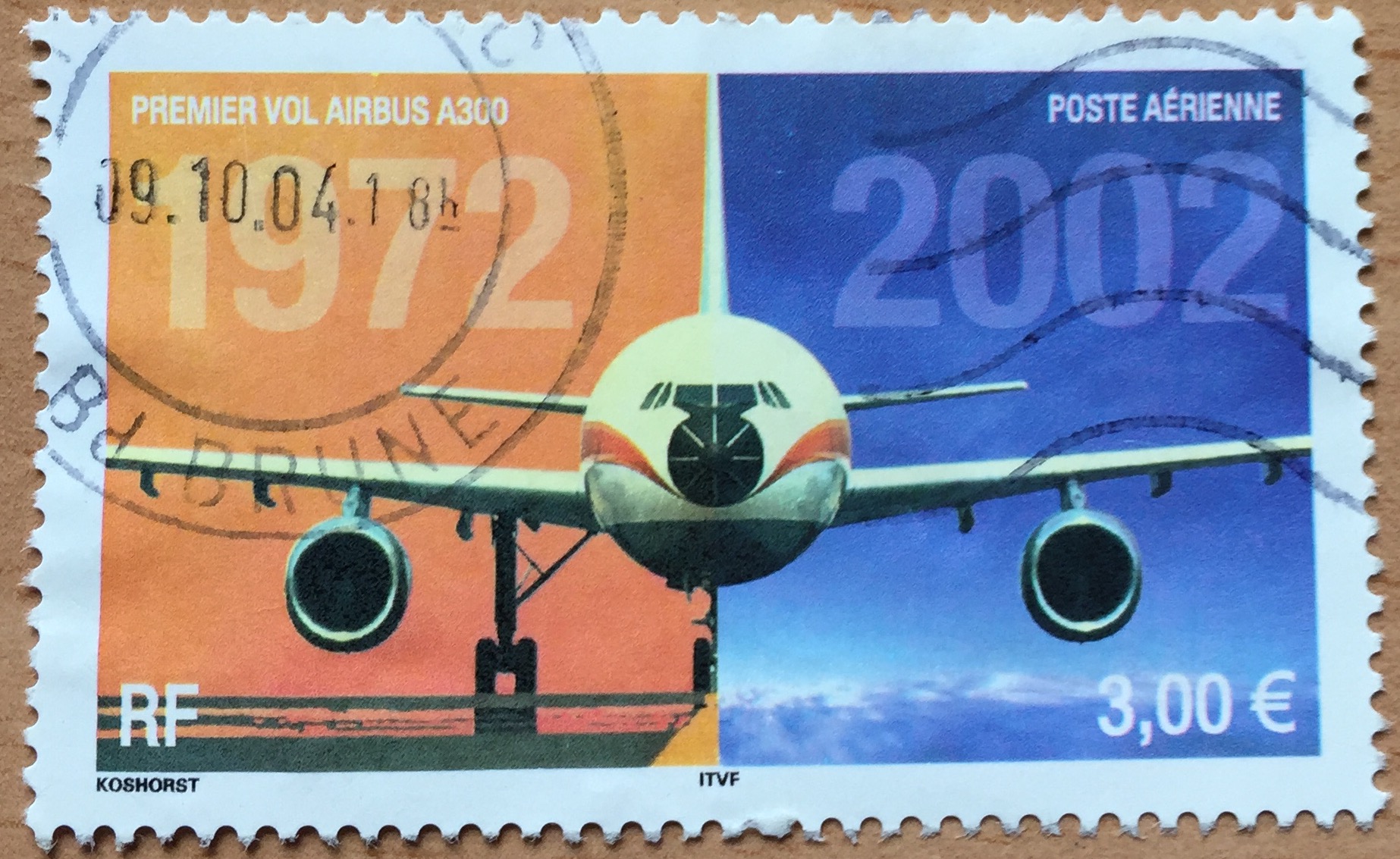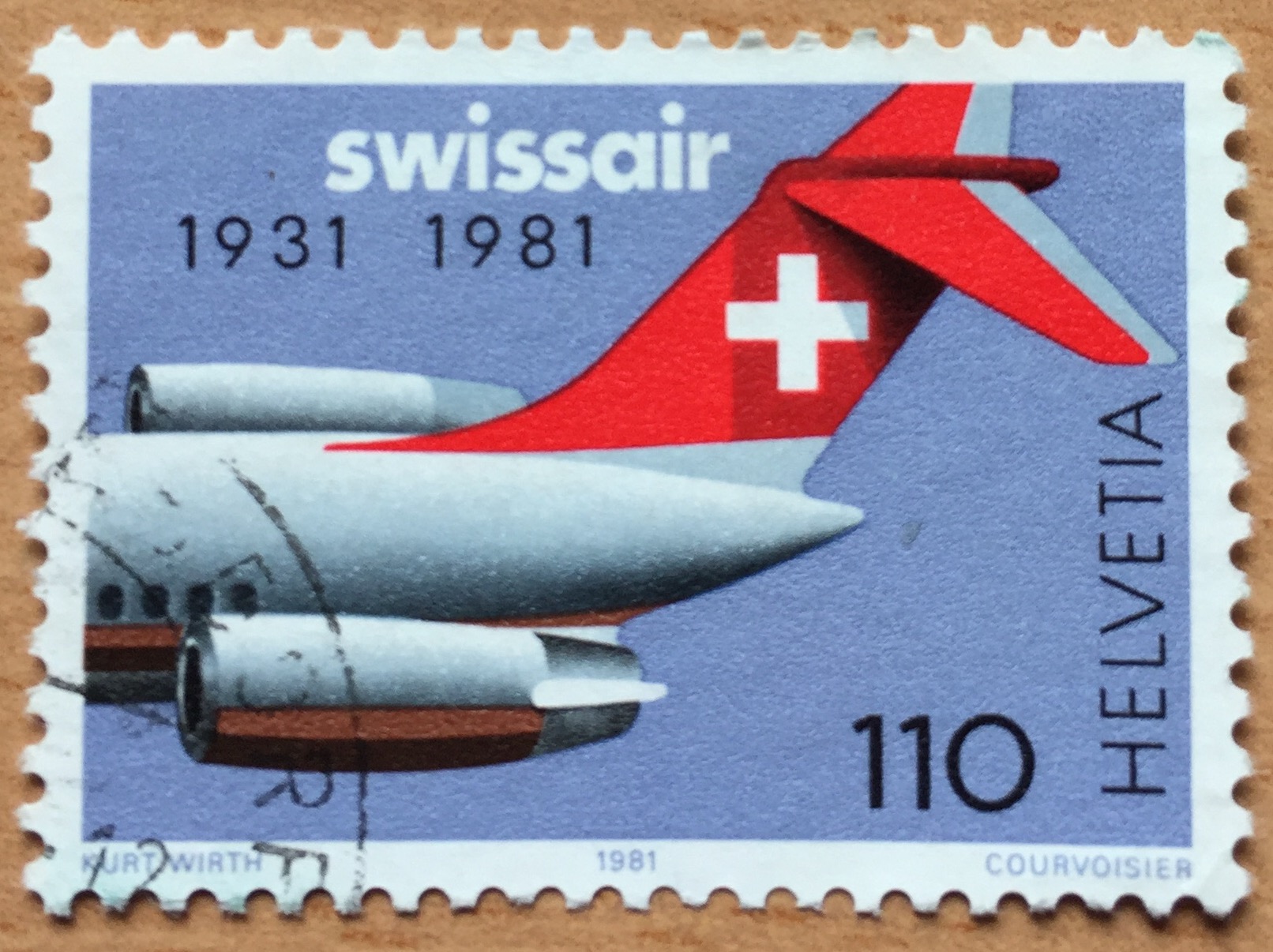Airliners and Stamps (I)
A Lockheed Super Constallation illustrated this Spanish "Air Mail" stamp series of 1955. Not explicit in the stamp, but most likely the designers took inspiration from Iberia's Super-Connies, that were used in Transatlantic routes, often to Latin America. Notice also the reference to Columbus' ship. Spain's role in the "discovery" and conquest of America was a regular theme in Spanish postal stamps for decades.
Aviation and postal services have always had a close relationship - in fact, one of the first missions of civilian aviation was to deliver mail - postal routes were at the origin of quite a few airlines as well as being a proving ground for many aviation pioneers.
So, I thought I would start a series of posts - this being the first - to recover one aspect of this heritage: postal stamps with commercial aviation motives.
In fact there is not shortage of aircraft being depicted in postal stamps throughout the whole World, many of these are are used to illustrate "Air Mail" stamps and are generic stylized representations of aircraft, not representing a specific aircraft model or airline. And while many of these are beautiful and have artistic value, I have preferred to focus on stamps that depict some recognizable subject, be it an airline, aircraft or aviation-related theme.
A 15-Franc French stamp of 1999 with a magnificent Airbus A300 B4, a well-deserved source of pride for the French aerospace industry.
Curiously, the A300 appears here depicted in the livery of Aeropostale, the pioneering 1920s airline that linked Europe to Latin America by way of Western Africa. This was one of the legendary air operators of aviation's heroic years and the one where Antoine de Saint-Éxupery (of Little Price fame) forged itself as a pilot. Although the original Aéropostale ceasd operations in 1933, its legacy lives on in AirPost, an airline of the Irish cargo group ASL Airlines, that, by the way, is an A300 operator as of 2016!
The Airbus A300, again in a French postal stamp of 2002. This time already priced in Euros and celebrating 30 years of the introduction of the first of Airbus airliners.
Although less frequent in de-regulated air travel market of today, national post offices often release stamps inspired by their respective countries' flag carriers. Here are some examples.
Swiss Post 1981 stamp celebrating Swissair's 50th anniversary.
Few would have thought when this stamp was printed, in 1981, that what was, back then, one of the most admired airlines in the World, was to go bankrupt some 20 years later. Good old Swissair disappeared in 2002, but its successor, Swiss, continues to thrive, under Lufthansa's patronage.
Iberia's 50th Anniversary, Spanish post, "Correos", stamp, 1977
This stamp is quite interesting. Here, together, a Rohrbach R-VIII Roland, Iberia's first airliner when it started operating in 1927, and a Douglas DC-10, that in the 1970s was state-of.the-art.
Notice also Iberia's logo, that was to be changed in 1977 to the red-and-yellow "B" with a crown in it, that was to remain its corporate image until it was changed again as recently as 2013.




